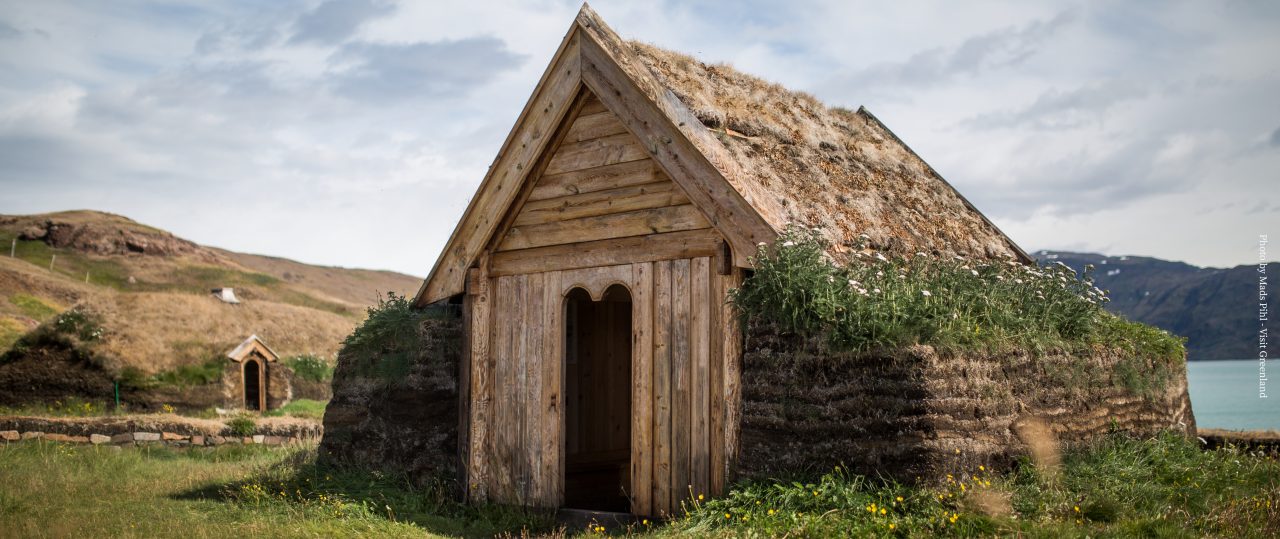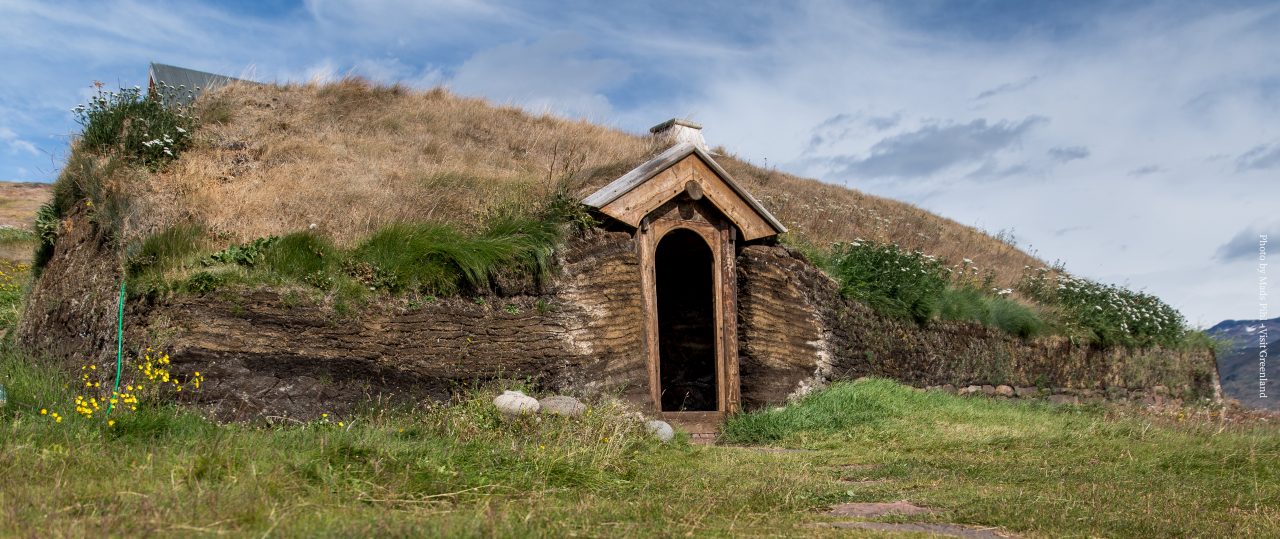Follow in the footsteps of the Norse! In the year 982, Erik the Red came to “the country west of Iceland” and called it Greenland. This has later been dubbed the world’s first marketing stunt, but there was some truth to it. South Greenland is very lush in the summer, and the Norse could continue their lives as farmers, while also being able to fish and hunt seals in the deep fjords.
Norse residents in Greenland
Erik the Red had been convicted an outlaw at home in Iceland so to stay alive he had no choice but to escape from the country. In fact, Erik became the first non-native to settle in the North American continent, and he arrived 500 years before Christopher Columbus found a place he named America.
During the following centuries, more and more settlers arrived from Iceland and Scandinavia. They were called the Norse and settled in an area ranging from Cape Farewell to the south and up to the Nuuk Fjord. Here they lived until approximately 1500, after which they disappeared from the area.

